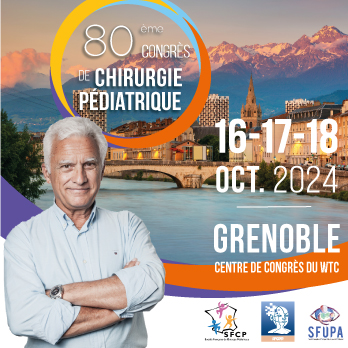Pectus Excavatum is a malformation of the chest where the sternum sinks inward, creating a concave appearance in the chest area.
Poland Syndrome usually presents a partial or total agenesis of the pectoralis major muscle, sometimes associated with atrophy of subcutaneous fat and the breast. In 20% of cases, there is also a malformation of the upper limb and hand.
The functional impact of these two conditions is relatively minor, and patients can have normal lives and practice sports.
However, the psychological impact is real due to the visible deformities, which can have psychosocial effects on the child and future adult. Indeed, having a dent in the chest can be highly distressing for an adolescent: you start to show your body, particularly in locker rooms during sports or in mandatory swimming classes at school. This phase can thus lead to psychological issues, from body acceptance to self-confidence, limiting sports practice and, by extension, socialization.
1/ Which doctor should be consulted if Pectus or Poland Syndrome is suspected in a child?
If you think you notice a dent in your child's chest, consult your pediatrician or a plastic or thoracic surgeon. They can make an initial diagnosis and assess whether the chest deformity has a functional impact. If any concerns arise, an appointment with a cardiologist or pulmonologist may be necessary to perform a series of tests and determine their impact.
For Poland Syndrome, consult a thoracic or plastic surgeon, or a pediatrician.
The plastic and thoracic surgeons affiliated with the AnatomikModeling network are specialized in diagnosing and treating Pectus and Poland Syndrome with 3D custom-made implants.
2/ What is the minimum age for intervention with a 3D implant for Pectus Excavatum and Poland Syndrome?
Pectus Excavatum can be surgically corrected at the end of bone growth and puberty, around the age of 15, except in cases of delayed growth, where surgery is postponed until the age of 18.
Pectus does not worsen after adolescence, as osteocartilaginous growth stabilizes at the end of puberty, allowing a permanent implant to be placed without waiting for overall growth to complete.
Poland Syndrome should be operated after growth is completed, from age 18, due to continued muscular and breast (for girls) development between the ages of 15 and 18.
3/Can Pectus be treated before the age of 15 and Poland before 18? Are there alternative techniques for younger children?
In my opinion, physical therapy or physiotherapy cannot improve the shape of the chest and therefore have no impact on a sunken chest or the muscular absence in Poland Syndrome. Intensive muscle training can only worsen muscle asymmetry in Poland Syndrome and deepen the hole in the chest.
The vacuum bell technique, which involves chronic suction, can offer a good correction for a hollow chest. However, it is restrictive because it must be prescribed before puberty and requires wearing a large suction cup for several hours a day for at least two years. This device is most suitable for children under the age of 11.
Heavy orthopedic techniques are only used by thoracic or pediatric surgeons in cases of significant respiratory or cardiac insufficiency, due to the inherent risks in these highly invasive procedures.


